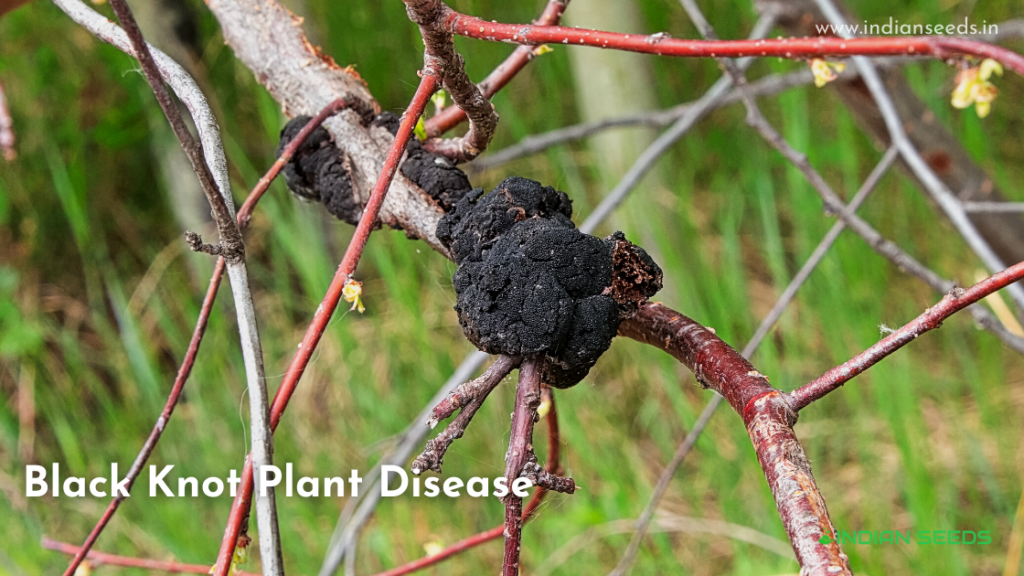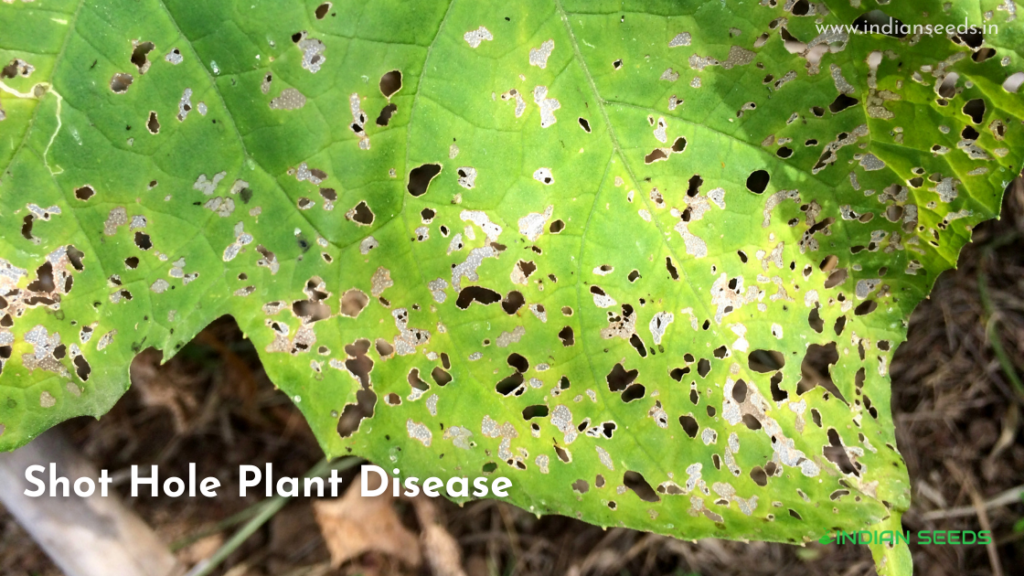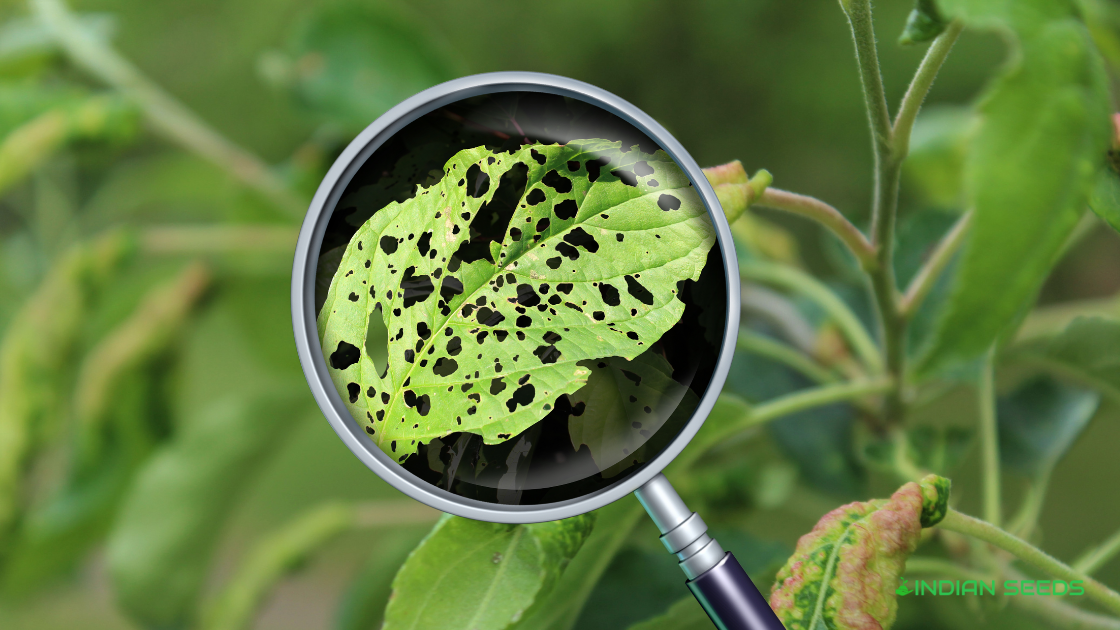Plants that are in good health are better equipped to withstand disease. The valley cold, damp spring and fall weather is favourable for the propagation and development of plant diseases. To prevent disease, space plants such that there is good air circulation all around them. All available disease control products are preventative, meaning they must be used before a problem arises. All fungicides should be used according to the guidelines on the label.
Common Plant Diseases
1. Black Spot
This is a common rose fungal disease. Look for black patches with fringed margins that are round and have a smudged edge. The leaves of severely afflicted plants turn yellow, and the size of the blooms may be diminished.

Black Spot Control
Plant varieties that are resistant to disease. During the growing season, remove sick leaves and dispose of them properly, and avoid watering leaves by splashing them. To eradicate infected shoots, trim roses that flower on current season’s growth hard before growth begins in the spring. Apply a sulphur or copper-based fungicide spray in the spring and early summer. Throughout the growing season, apply this treatment at 1 to 2 week intervals, varying the fungicide employed.
2. Powdery Mildew
Mildew on cucumbers will not infect roses, as most powdery mildews are fairly host specific. On the leaves and branches, look for white, powdery growth. Powdery mildew thrives in humid climates with warm days and cool nights. Roses, maples, gooseberries, phlox, nine bark, hascaps, lupines, lilacs, sage, squash, and cucumbers are all susceptible.

Powdery Mildew Control
Disease-resistant cultivars should be planted. Planting in gloomy or poorly ventilated regions is a bad idea. A fungicide spray programme must begin before mildew has established itself to be effective. Overwintering fungus on twigs can be reduced with a latent spray of lime sulphur. If mildew does establish itself, affected leaves should be removed and destroyed. Spray your plant with a copper-based or sulfur-based fungicide for complete protection. From spring to fall, spray once every ten days.
Powdery mildew can cripple flowers and create unsightly crop damage if you’re producing fruit or vegetables. Most harm from this disease can be avoided by spraying fruit trees once shortly before bloom, once after bloom, and once again two weeks later.
3. Bacterial Blight or Canker
This is a bacterial disease that affects cherries, peaches, plums, apricots, and similar trees in cool, rainy climates. It spreads quickly on the West Coast from early spring through June, when the temperature heats up. This disease has infected the majority of the Fraser Valley’s huge cherry trees. When it rains, it spreads easily by splashing rain off infected trees, damaging buds, blooms, and twigs, and is typically accompanied by gumming. Many little sunken black dots appear on infected cherry fruit. Small black dots on leaves may emerge, then fade away, leaving a shot hole effect.

Control of Bacterial Canker or Blight
There are no cultivars that are resistant. Cut 40 cm below the affected area to remove dead twigs and cankers on broad branches. To avoid spreading the disease, only prune during dry weather. Future infections should be prevented with copper-based fungicide sprays. Apply the first application in September before the first fall rains, then again at leaf drop and twice more before the buds bloom in the spring.
4. Black Knot
Wart-like growths on twigs and branches are caused by this fungal disease of plums. On small twigs, new knots emerge in the middle of the summer. The knots can grow to be 15 to 20 cm in diameter and encircle branches. In the fall, the knots turn black.

Control of Black Knots
Plums from Japan are more resistant to disease than plums from Europe. Prune out the knots before February 1st of each year, cutting at least 10 cm beyond the knots and discarding them. In the early portion of the growing season, spores from old knots infect new shoots. Lime sulphur sprays during the dormant season and wettable sulphur sprays during full bloom and petal drop may help to limit the frequency of new infections.
5. Shot Hole
In the interior of BC, Shot Hole is also known as Coryneum Blight. Infecting buds, blooms, leaves, fruit, and twigs, this peach, apricot, plum, and cherry disease spreads in warm, wet weather (not large branches). Leaves get a shot hole appearance due to numerous little brown to purplish patches around 6 mm in diameter that drop out. On the fruit, red to purplish dots appear, sometimes accompanied by a transparent, viscous material. Cankers on gummy twigs and small branches are also common.

Control of the shot hole
Plant varieties that are resistant to disease. Remove and dispose of fallen leaves, as well as sick twigs and branches. Spray Copper Spray on peaches after harvest and all other trees in September before the fall rains arrive to avoid twig and bud diseases.
6. Rust
Rusts are fungal diseases that affect only certain types of plants. The majority of rusts begin as little orange, red, or brown patches on the underside of leaves (and occasionally stems) that turn brown in the summer. Hollyhocks, heuchera, daylilies, pears, Rhododendrons, and Juniper are among the plants that are particularly vulnerable.
What if I told you that For the rust that infects pears, juniper is an unavoidable alternative host. Plant either pears or Juniper to avoid this disease, but not both unless they are more than 30 metres apart.
There is no substitute host for the rusts that infect rhododendrons, Hollyhocks, Daylilies, and Hechera.

Controlling Rust
Plant cultivars that are resistant to the elements. Remove affected leaves at the first indication of disease and begin treating plants with a copper or sulfur-based fungicide every 10 days.
7. Botrytis Blight or Grey Mold
When conditions are damp, Botrytis Blight, also known as Grey Mold, forms on dead and dying plant tissue and spreads to healthy tissue. Water-soaked spots or areas on soft or senescent foliage, floral parts, and young stems are the first signs of infection. This disease can cause flower, leaf, and shoot blights, as well as stem and fruit rots, on floral plants, woody ornamentals, and tiny fruit. Peonies, roses, hostas, strawberries, and raspberries are among the most vulnerable plants.

Control of Botrytis Blight or Grey Mold
Plant cultivars that are resistant to the elements. Reduce the amount of grey mould in your yard by thoroughly cleaning and discarding garden trash and refuse in the fall. Susceptible plants (that love the light) should be planted in bright, well-ventilated settings. If at all possible, water near the base of the plants rather than above the leaves. Remove sick leaves and fruit if botrytis occurs. Fungicides are rarely necessary to control this disease.
8. Late Blight / Early Blight
Late Blight and Early Blight are fungal diseases that affect tomatoes, potatoes, and other plants in the same family. Early blight appears as concentric rings of dark brown to black leaf patches. On stems, black spots appear, as do huge, black, leathery, sunken patches on the fruit. Between wet years, infections are more common in May and June. Late blight appears as irregular greenish black patches on older leaves or stems that swiftly spread to the fruit. In wet years, this disease doesn’t show up until August, but it may wipe out entire plants in an instant.

Control of Late Blight and Early Blight
For proper air circulation, leave enough space and cut the plants. Watering from above should be avoided. Pick off and destroy the affected leaves if Early blight appears. Apply a copper spray every 7 to 10 days if chemical control is required. If late blight appears, remove sick leaves or entire plants as soon as possible, seal in a plastic bag, and discard. Plants afflicted with late blight should not be composted. Apply a copper spray every 5 to 10 days till harvest is authorised.
9. Peach Leaf Curl
Peach Leaf Curl is a fungal disease that affects peaches and nectarines in locations with a lot of rain, such as the West Coast. Peach leaf curl infects the leaves in late winter or early spring, just as the trees are beginning to expand. Infected buds develop leaves that are crimson in colour, thick, and curled.

Curl Control for Peach Leaves
Although no peach variety is immune, the types “Frost,” “Pacific Gold,” and “Renton” are moderately resistant, and red Haven is tolerable. Plant and train trees under the eaves of buildings or in other rain-protected areas to avoid infection. In February, before the plants begin to grow, spray all peach trees with lime sulphur (which can be mixed with dormant oil for insect control). Further control will be provided by a September application of a copper-based fungicide.

